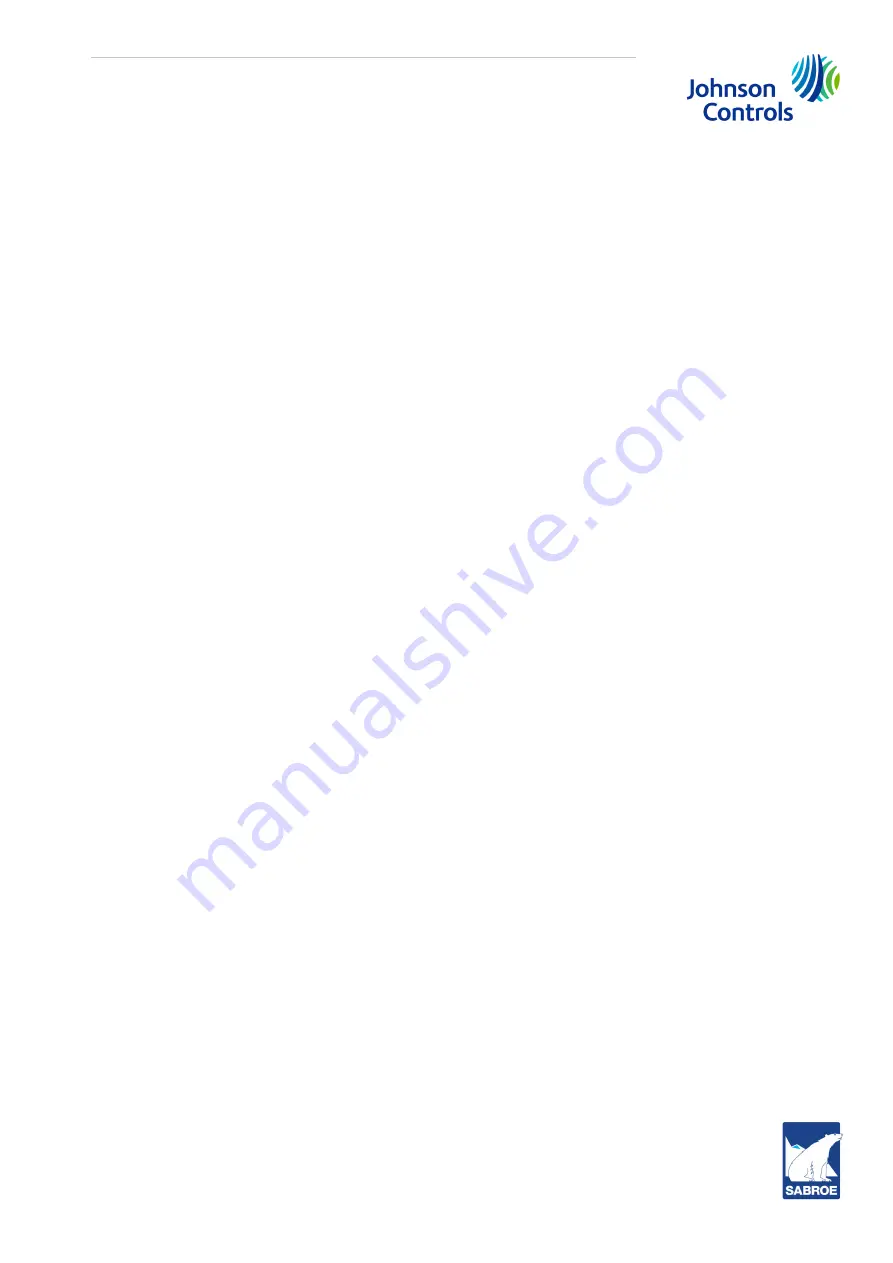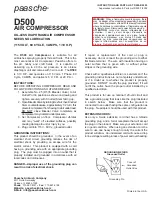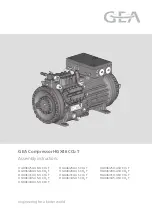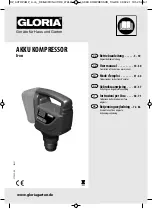
Operating manual- SAB 355 (including ATEX)
004059 en 2019.11
45/63
will give you a theoretical discharge temperature of the compressor. Once this temperature is
known, you may adjust the hand expansion valve. The ideal discharge temperature is within
+2.7°C or -2.7°C of the theoretical discharge temperature. Adjust the valve to achieve the theo-
retical discharge temperature.
Second method
If you do not have access to Coolware/Comp1 or ScrewSelect, 82°C is an appropriate target dis-
charge temperature for a high stage ammonia compressor. Booster applications and compressors
using HFC and HCFC refrigerants may run cooler. Compressors with high discharge pressure may
run hotter.
The first method
is used for compressors with external oil cooling (refrigerant-cooled (thermo-
syphon), water-cooled and glycol-cooled).
Before the initial start-up of the compressor, close the hand expansion valve completely. Open
the valve back up and count the turns that it takes to fully open the valve. After the initial start-
up, close the valve to achieve approximately 82°C discharge temperature or the theoretical tem-
perature from Coolware. Do not fully close the valve at any time while the compressor is running.
The second method
is used for compressors with liquid injection oil cooling. Because the dis-
charge temperature is controlled by the liquid injection thermal expansion valve, you will not be
able to adjust for the correct oil flow by using the discharge temperature.
Before the initial start-up of the compressor, close the hand expansion valve completely. Open
the valve back up, and count the turns that it takes to fully open the valve. After the initial start-
up, close the valve halfway. If it took 10 turns to open the valve completely, then turn it 5 turns. If
it took 7 turns to open, then close the valve 3½ turns. Do not close the valve any more than ½ the
number of turns required to fully open it.
Note: Failure to properly adjust the hand expansion valve may lead to excessive noise
and vibration of the compressor and unit, premature failure of the bearings, liquid
loading of the rotors, liquid starvation of the rotors and catastrophic failure of the
compressor.
Keep the following in mind during initial start-up:
•
For reliable and safe operation, the compressor must be run at the proper speed and dis-
charge pressure. Exceeding design conditions creates a potential hazard.
•
Rotate and lubricate the motor bearings according to the manufacturer’s recommenda-
tions
before
initial start-up, as required.
•
After running the unit for approximately three hours, adjust the liquid injection oil cooling,
if applicable. If the unit has water-cooled oil cooling, adjust the water control valve to
cooler.
•
The compressor slide valve and slide stop linear transmitters should be calibrated.
•
Perform a vibration analysis, if the necessary equipment is available.
Normal start-up procedure
1.
Check/perform the
Preparations before start-up
.
2.
Confirm that the system conditions permit the compressor to start.
3.
Press the start button.
4.
Allow the compressor to start up and stabilise.
5.
Observe the compressor unit for mechanical tightness of the external piping, bolts and
valves. Ensure that the unit is clean from oil and refrigerant leaks. If not satisfactory, shut
down the compressor and correct the problem using good safety precautions.
















































